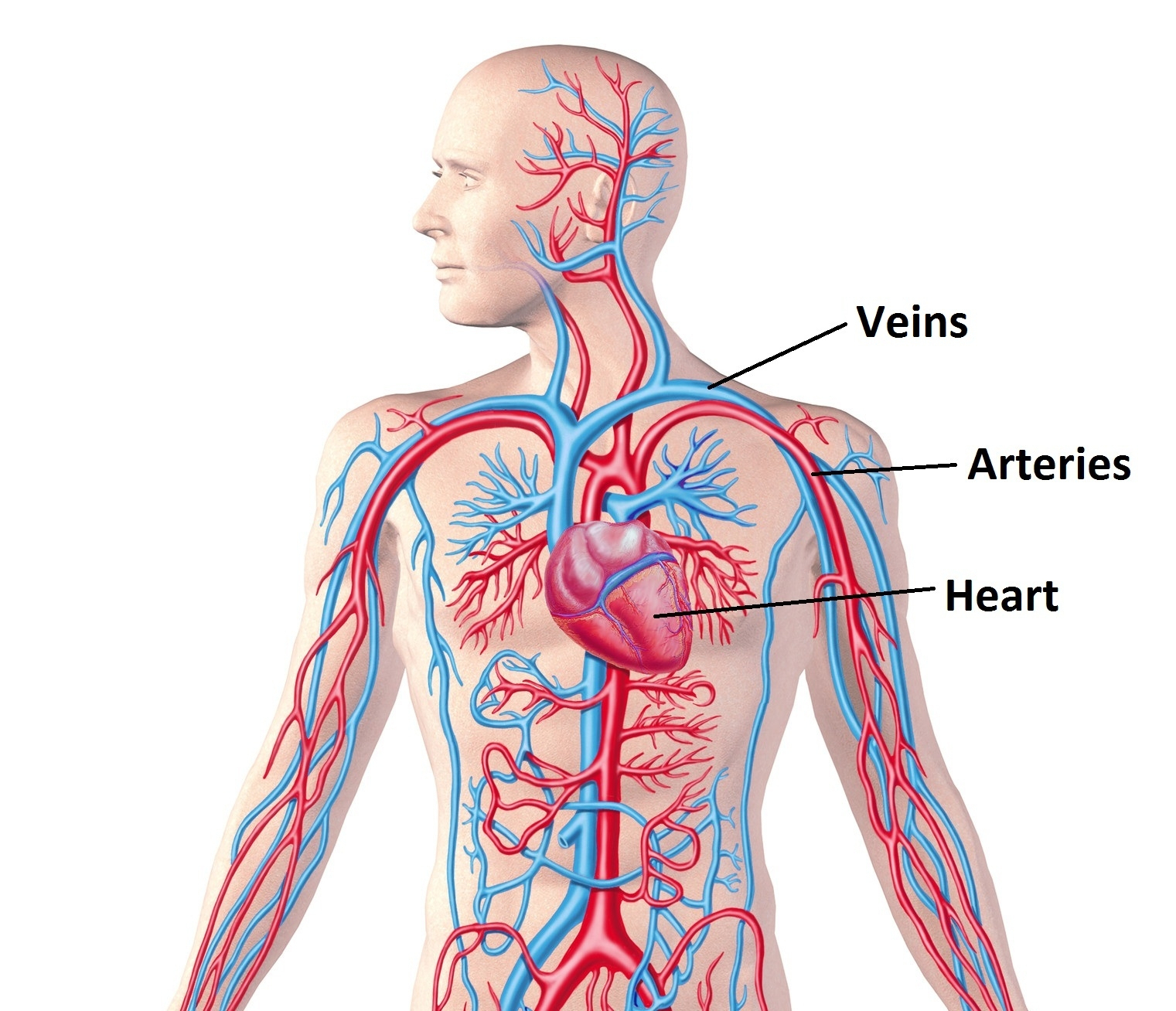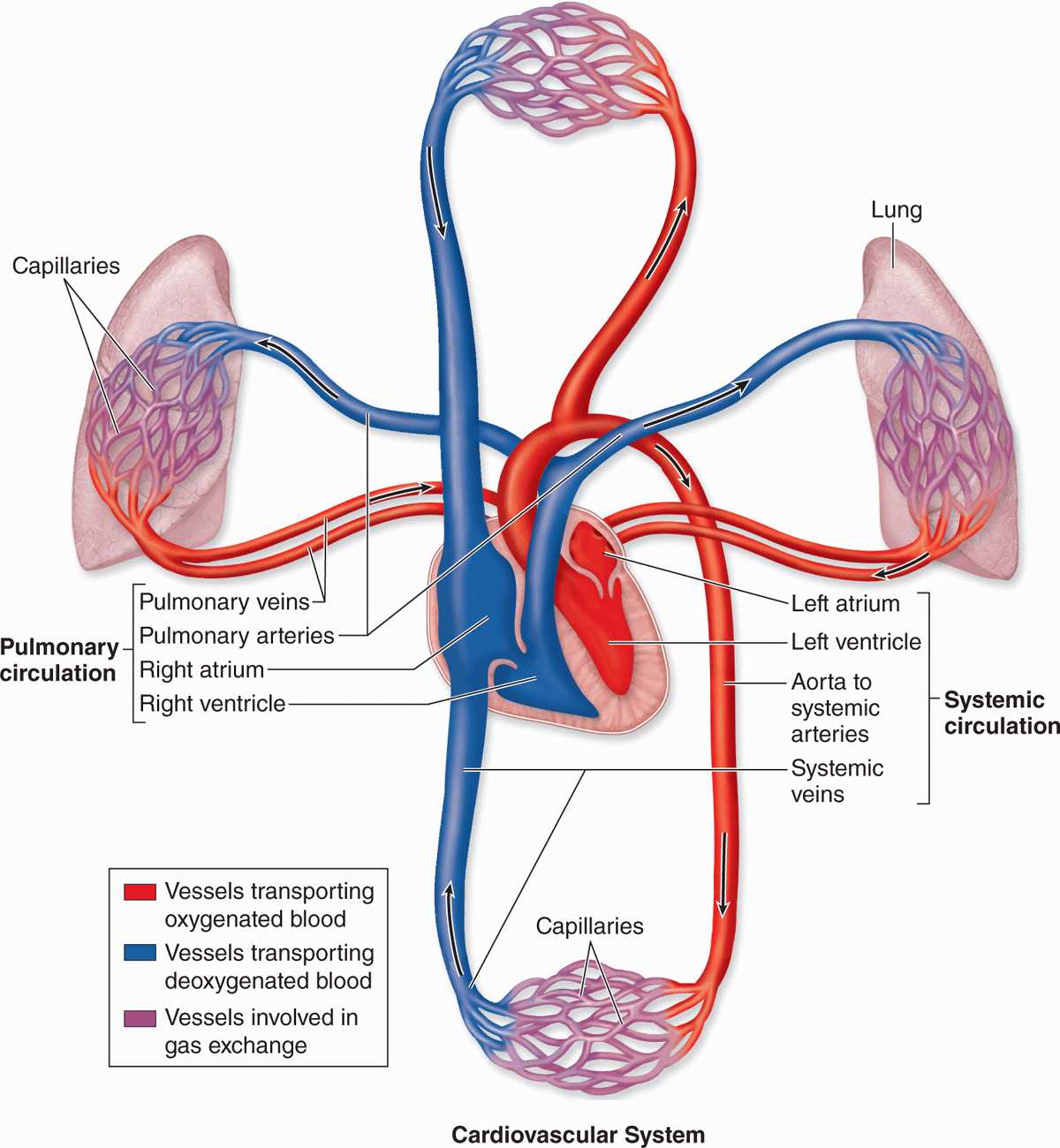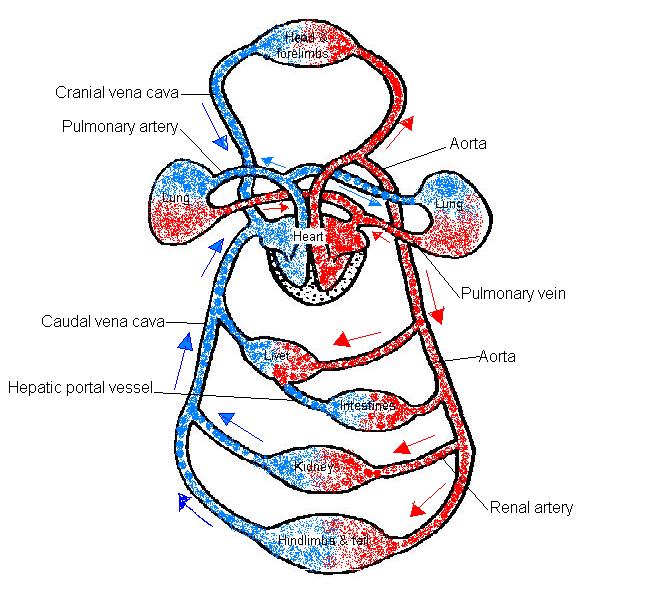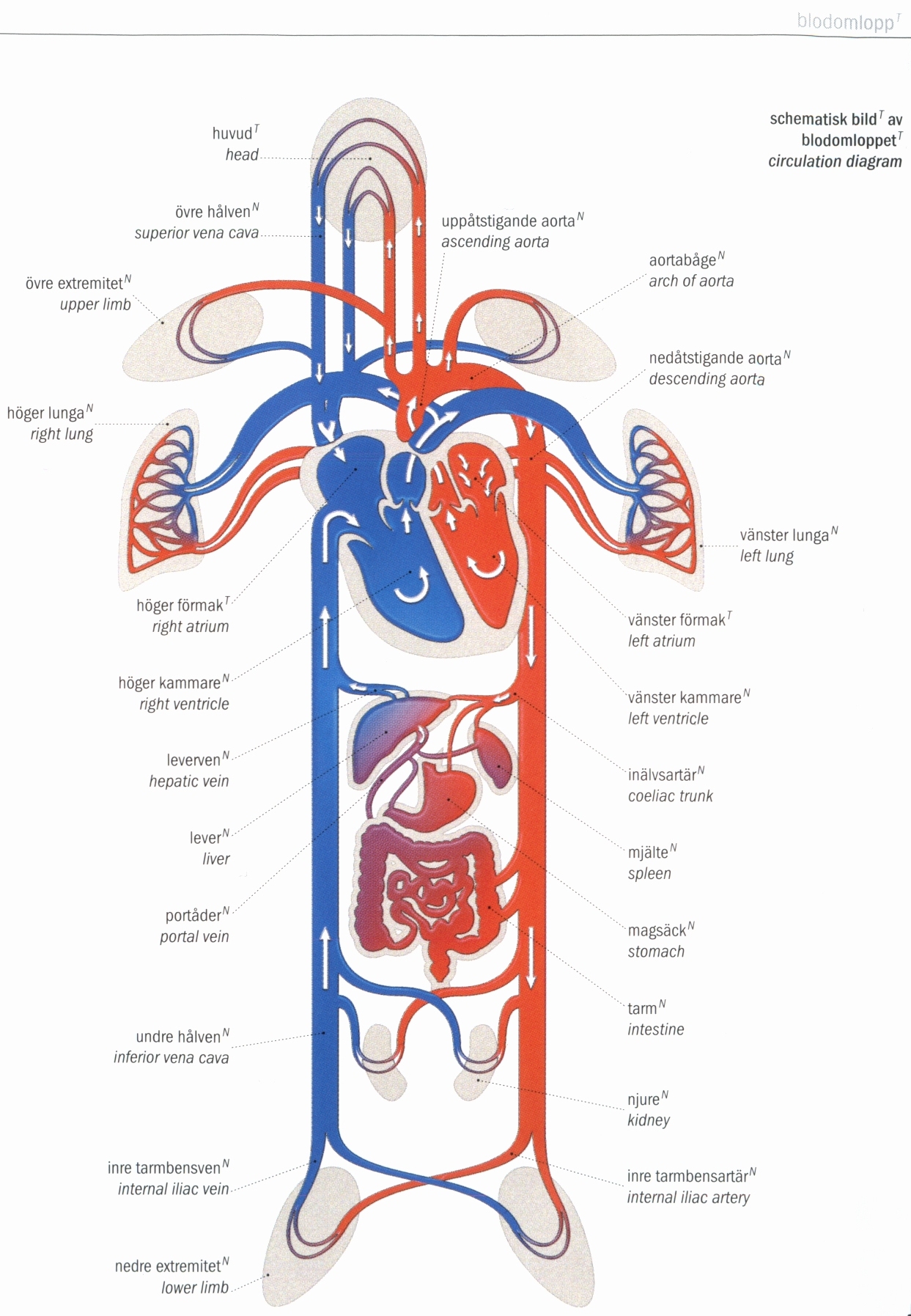
cs its SCIENCE. August 2010
Chapter 12: Circulatory System This chapter is divided into three main sections: the structure of the heart which includes a dissection, naming of human vessels which includes a lab test, and finally the dissection of the cat to identify vessels. Part 1: The Structure of the Heart Guided Notes: Heart, Cardiac Cycle, Major Vessels

Science Class 6EP Circulatory system
Here at Kenhub, one method we love using at the beginning of the revision process (after watching a video tutorial, of course!) is labeling structures to train our active recall abilities. Take a look at the cardiovascular system diagram below. As you can see, this diagram does not include all of the structures of the cardiovascular system.

The Circulatory System Basicmedical Key
Label the Circulatory System. 1. Identify the body areas or structures (Letters) 2. Structures of the heart (numbers) 3. Use arrows to indicate the flow of blood in the PULMONARY circuit, and the SYSTEMIC circuit. This work is licensed under a Creative Commons Attribution-NonCommercial-ShareAlike 4.0 International License.

A Graphical Labeled Representation Of The Circulatory System Stock Illustration Download Image
15.3A: Anatomy of Human Circulatory System. The circulatory system is an organ system that permits blood to circulate and transport nutrients (such as amino acids and electrolytes), oxygen, carbon dioxide, hormones, and blood cells to and from the cells in the body to provide nourishment and help in fighting diseases, stabilize temperature and.
Double circulatory system to label Labelled diagram
Systemic circulation Coronary circulation Portal system Types of blood vessels Arteries Veins Shunts and anastamoses Blood Erythrocytes (red blood cells) Leukocytes (white blood cells) Thrombocytes (platelets) Clinical notes Vascular diseases Cardiac diseases Blood disorders Sources + Show all Function

Pin by Gilbert Ganesha on Anatomy Circulatory system, Human circulatory system, Basic anatomy
Label the Circulatory System Quiz Medicine » Image Quiz Label the Circulatory System by emmantra 42,786 plays 14 questions ~40 sec English 14p 37 3.90 (you: not rated) Tries Unlimited [?] Last Played December 6, 2023 - 01:58 am There is a printable worksheet available for download here so you can take the quiz with pen and paper.

Womens Human Body Human Anatomy Body Ideas Heart anatomy, Human heart anatomy, Heart diagram
The heart's electrical conduction system: The heart is able to independently generate and transmit instructions to the myocardium, in order to make it contract and pump the blood. 1. Circulation Through the Heart: The Heart as a Pump. The heart pumps blood to two distinct but linked circulatory systems called the pulmonary and systemic circuits.

31 Label The Circulatory System Label Design Ideas 2020
Below is a neat labelled Circulatory system diagram. Read more: Human Body Anatomy Read on to explore intricate about the human circulatory system and its components in greater detail. Table of Contents Human Circulatory System Features Organs Heart Double Circulation Blood Blood Cells Blood Vessels Lymphatic System Functions

Circulatory labeling answers XavierTowns's blog
In this interactive, you can label parts of the human heart. and drop the text labels onto the boxes next to the heart diagram. If you want to redo an answer, click on the box and the answer will go back to the top so you can move it to another box. If you want to check your answers, use the Reset Incorrect button.

The Heart and Circulatory System Teaching Resources Circulatory system, Human circulatory
Describe the interaction of the cardiovascular system with other body systems; Label the major blood vessels of the pulmonary and systemic circulations;. 20.5: Circulatory Pathways Virtually every cell, tissue, organ, and system in the body is impacted by the circulatory system. This includes the generalized and more specialized functions of.
Blood Vessels Labeled Solved Chapter TwentyTwo Vessels And Circulation 487 13
Blood Vessel Labeling (Circulatory System) Your heart never stops beating because it is pumping blood around your body day and night. This is very important, because your blood carries oxygen to all the organs and tissues of your body. The body's tissues need to have oxygen every minute to survive.

Circulatory System For Kids Diagram Images & Pictures Becuo
Labelling the heart. The heart is a muscular organ that pumps blood through the blood vessels of the circulatory system. Blood transports oxygen and nutrients to the body. It is also involved in the removal of metabolic wastes. In this activity, students use online and paper resources to identify and label the main parts of the heart.

Cardiovascular and Circulatory System Human Anatomy and Physiology
The circulatory system (cardiovascular system) pumps blood from the heart to the lungs to get oxygen. The heart then sends oxygenated blood through arteries to the rest of the body. The veins carry oxygen-poor blood back to the heart to start the circulation process over. Your circulatory system is critical to healthy organs, muscles and tissues.

Cardiovascular System Article (Reading Level 1) Comprehension Worksheet Human circulatory
The circulatory system consists of four major components: heart arteries veins blood The heart and its function About the size of two adult hands held together, the heart rests near the center.

the circulatory system 186 Labeled Diagram Of The Circulatory System science Pinterest
The human circulatory system consists of several circuits: The pulmonary circuit provides blood flow between the heart and lungs. The systemic circuit allows blood to flow to and from the rest of the body. The coronary circuit strictly provides blood to the heart (not pictured in the figure below).

Cardiovascular System 7 Red Team
The cardiovascular system consists of the heart, blood vessels, and the approximately 5 liters of blood that the blood vessels transport. Responsible for transporting oxygen, nutrients, hormones, and cellular waste products throughout the body, the cardiovascular system is powered by the body's hardest-working organ — the heart, which is only about the size of a closed fist.